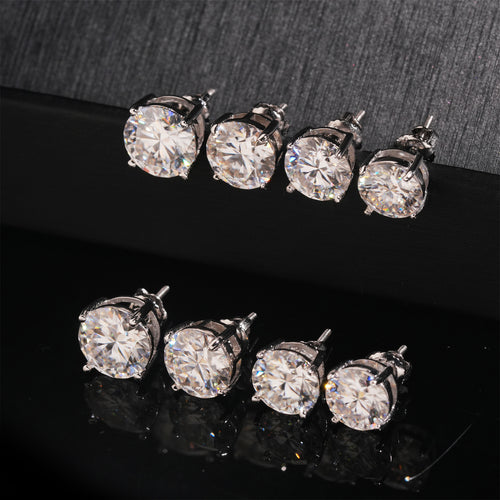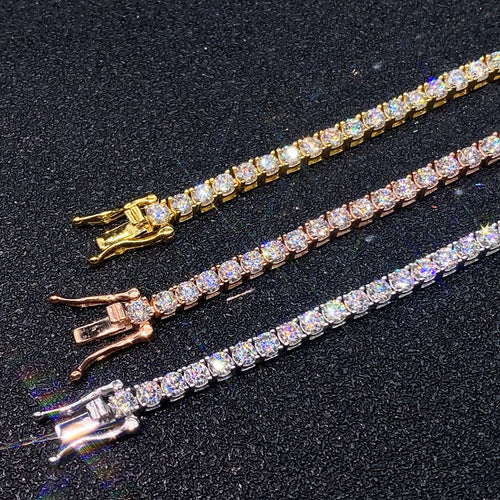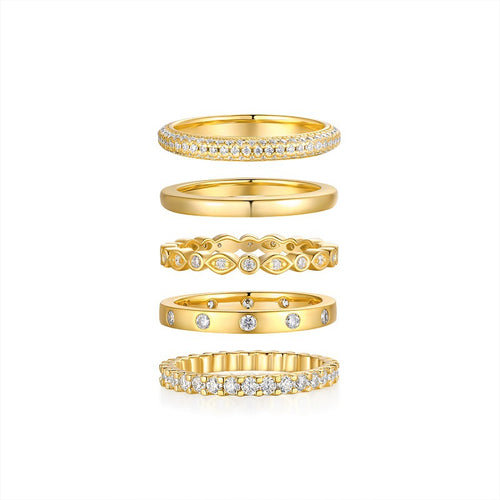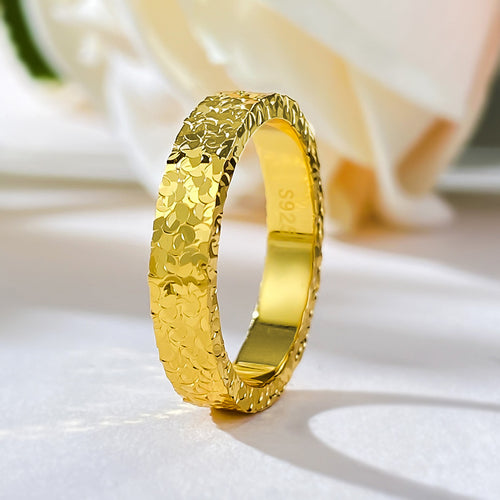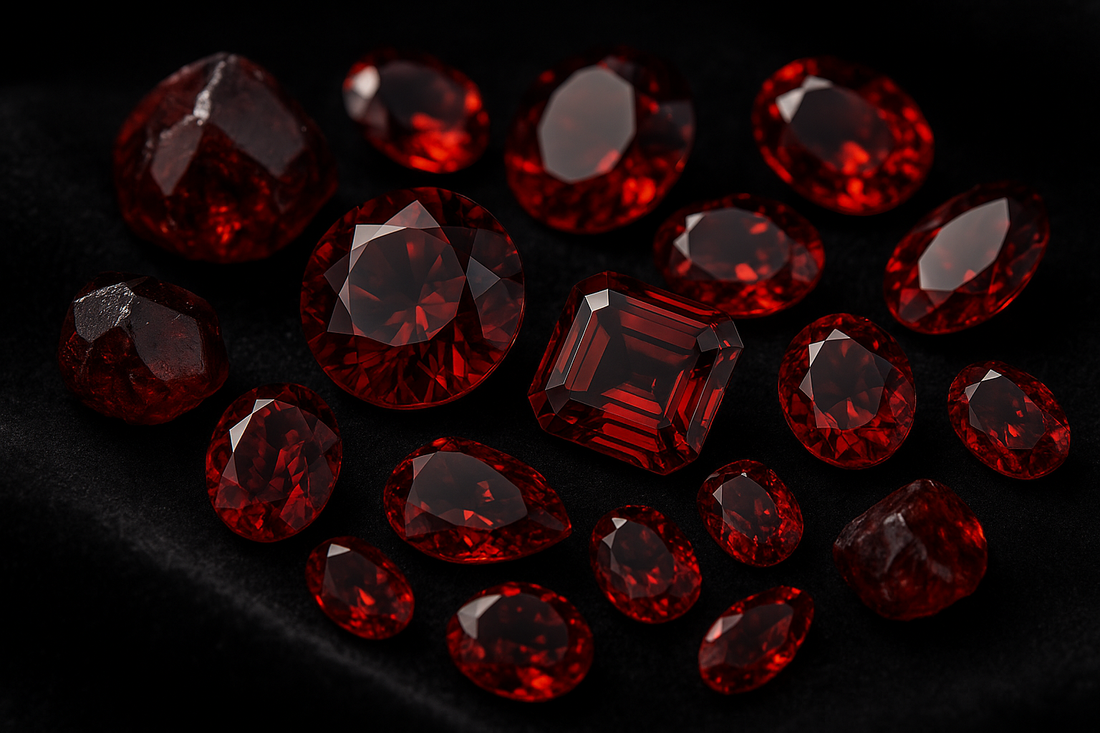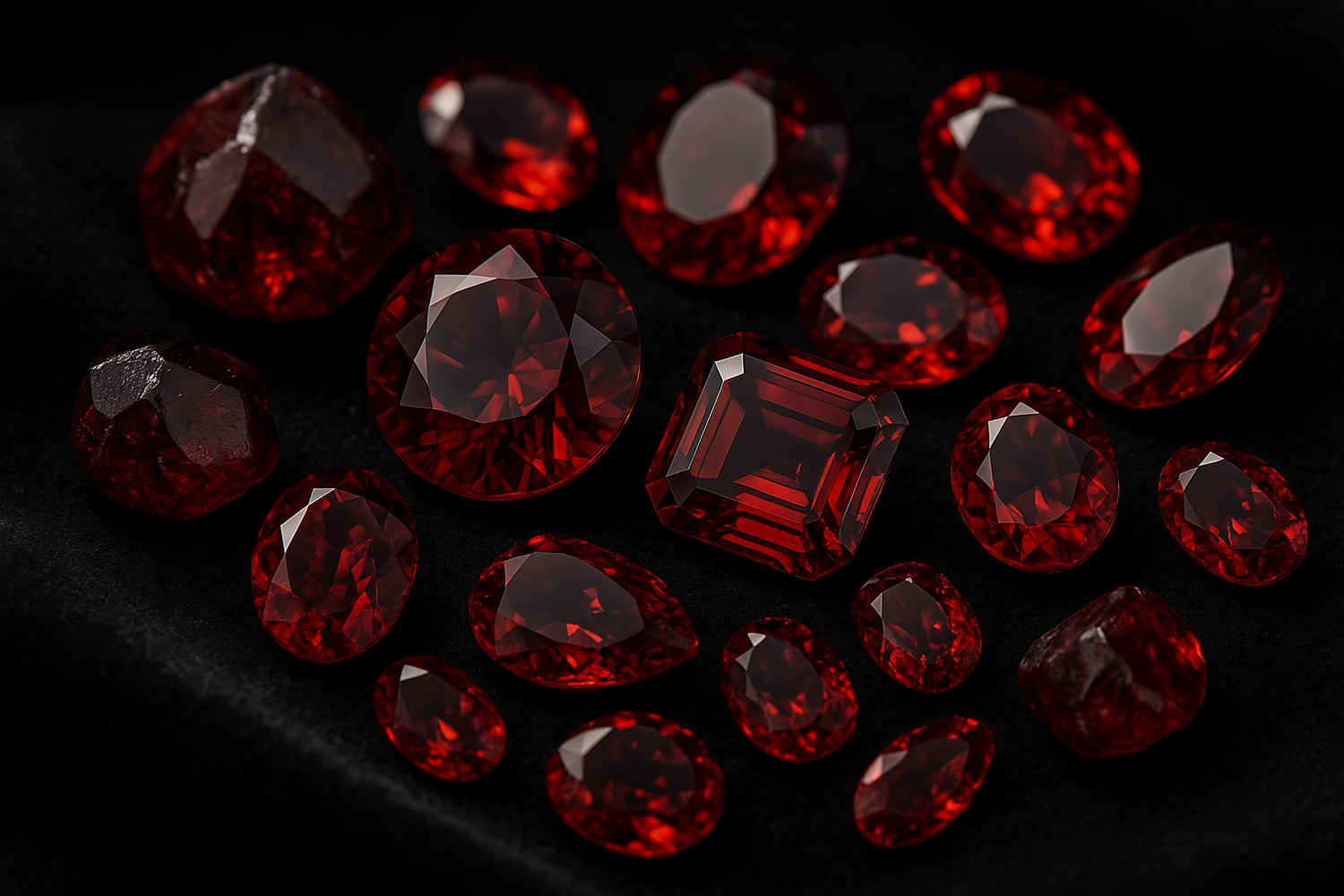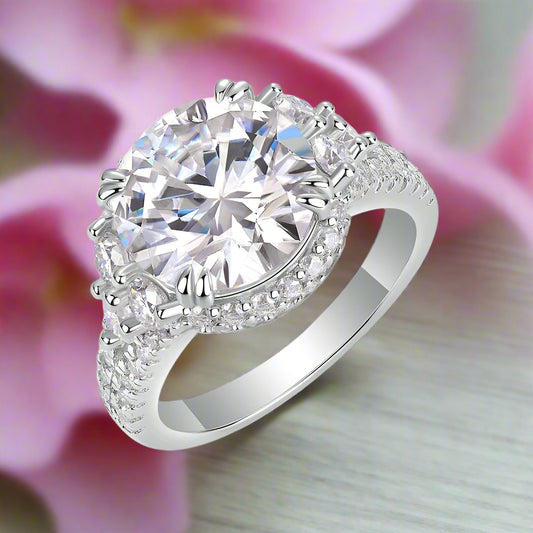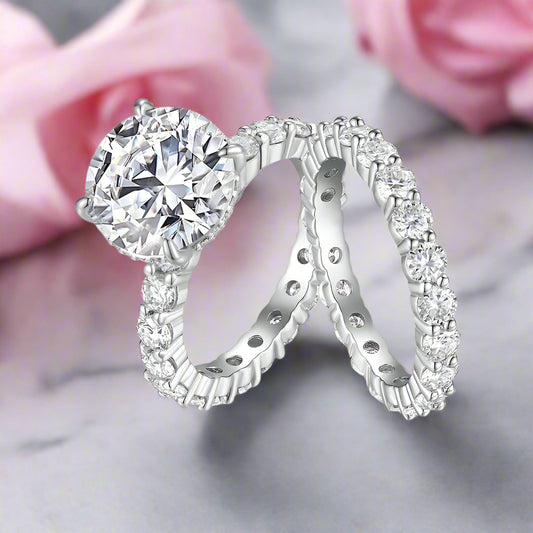If you’re buying gemstone jewelry, collecting minerals, or simply love crystals, knowing how to identify real garnet is essential. Garnets are admired for their stunning color range - from fiery reds to rare greens - and are not only treasured in fine jewelry but also used in industrial applications. But with imitations and synthetic versions in the market, it’s important to learn how to verify garnet authenticity through professional methods and simple at-home tests.
In this guide, you’ll discover:
-
The main garnet varieties and their unique traits
-
Key physical properties of garnet that confirm authenticity
-
Tests for identifying real vs fake garnet
-
How to evaluate garnet jewelry for quality and value
-
The rich history and cultural significance of garnet
Understanding Garnet Varieties

Garnet isn’t a single stone but a group of silicate minerals, each with distinct colors and chemical compositions. Recognizing these types helps in determining whether your stone is genuine.
Major Garnet Types:
-
Almandine – Deep red to purple, most common variety.
-
Pyrope – Bright red with occasional brown undertones.
-
Spessartine (Spessartite) – Ranges from vivid orange to reddish-brown.
-
Andradite – Includes rare gems like Demantoid and Topazolite.
-
Grossular – Versatile; includes green Tsavorite, orange-brown Hessonite, and yellow hues.
-
Uvarovite – Always green, usually found in small crystals.
Notable Varieties:
-
Tsavorite (Grossular): Vivid green, highly valued.
-
Demantoid (Andradite): Bright green, known for “horsetail inclusions.”
-
Hessonite (Grossular): Cinnamon-orange, warm glow.
💡 Tip: Natural garnets often contain inclusions. If a stone appears too flawless or overly uniform in color, it may be synthetic or an imitation.
Key Physical Properties of Real Garnet
| Property | Description |
|---|---|
| Composition | Silicate minerals with elements like aluminum, calcium, iron |
| Hardness (Mohs) | 6.5 – 7.5 (resistant to scratches) |
| Color Range | Red, orange, green, yellow, purple, brown, black |
| Refractive Index | 1.714 – 1.888 |
| Specific Gravity | 3.1 – 4.3 |
| Transparency | Transparent to opaque |
| Crystal System | Isometric |
| Origin | Found worldwide - Africa, Asia, North America |
These natural traits are critical when learning how to test if a garnet is real.
How to Identify Real Garnet: Testing Methods
1. Visual Inspection

-
Color Zoning: Natural garnets may show slight variations in hue. Synthetic stones often look too perfect.
-
Inclusions: Tiny crystals or irregularities are common in real garnets. Bubbles may indicate glass imitations.
2. Hardness Test

On the Mohs scale, garnets rank between 6.5 and 7.5.
-
Real garnet can scratch glass but not be scratched by steel.
-
Use caution - this test may damage the stone.
3. Refractive Index Test

Using a refractometer, authentic garnets show an RI of 1.72 – 1.94.
4. Spectrum & Magnification

-
Absorption Spectrum: Labs use this to identify genuine garnets.
-
Magnification: A jeweler’s loupe reveals inclusions natural to garnets, unlike flawless synthetic versions.
5. Simple Home Tests

-
Scratch Test on Ceramic Tile: Real garnets leave a mark without being damaged.
-
Flashlight Test: Shine light through the stone; natural garnets show deep, even color without layered patterns.
Real vs Synthetic Garnets: How to Spot the Difference
| Aspect | Natural Garnet | Synthetic Garnet |
|---|---|---|
| Origin | Formed in Earth over millions of years | Created in labs |
| Clarity | Contains natural inclusions | Often flawless |
| Color | Naturally varied, less uniform | Consistently saturated |
| Hardness | 6.5 – 7.5 Mohs | Similar, but too perfect |
| Price | Rarer, often higher value | More affordable and common |
Other garnet imitations include:
-
Red Spinel, Ruby, Tourmaline – similar color, different properties
-
Glass & YAG (Yttrium Aluminum Garnet) – lack hardness and brilliance of natural garnets
Evaluating Garnet Jewelry

When shopping for garnet rings, necklaces, or beads, keep these factors in mind:
-
Cut & Faceting: Genuine garnets should have clean, symmetrical cuts that maximize brilliance.
-
Polish & Finish: Look for a bright surface without scratches or dullness.
-
Price Point: Very cheap garnet jewelry may indicate imitation stones.
-
Seller Reputation: Buy from trusted jewelers and request certificates of authenticity.
The History & Symbolism of Garnet

The name “garnet” comes from the Latin granatum, meaning pomegranate, inspired by its seed-like red crystals.
-
Birthstone of January
-
Anniversary Gemstone (2nd Year)
-
Ancient warriors carried garnets as protective talismans.
-
Symbolizes friendship, trust, protection, and vitality.
Across cultures, garnets were believed to bring light in darkness, guard travelers, and even aid in healing practices.
FAQs: How to Tell if a Garnet is Real
1. What does a real garnet look like?
It usually has a glassy luster, deep colors (red, orange, green), and natural inclusions.
2. How to test garnet authenticity at home?
Try the scratch test (garnet scratches glass) or check for inclusions with a magnifying glass.
3. Can a flashlight confirm real garnet?
Yes. Shine light through - real garnets allow light with deep, even coloration.

4. Are garnet beads real or fake?
Authentic beads have slight imperfections and resist scratches. Perfectly clear beads may be synthetic.
5. How expensive is genuine garnet jewelry?
Red garnets are affordable compared to diamonds or sapphires. Rare types like Tsavorite and Demantoid can be highly valuable.
6. What professional tests confirm authenticity?
Jewelers use refractometers (RI test) and spectroscopes (absorption spectrum) for accurate verification.
✅ Whether you’re a collector or jewelry enthusiast, knowing how to spot a real garnet ensures you get the beauty, durability, and rich history that only genuine gemstones carry.


